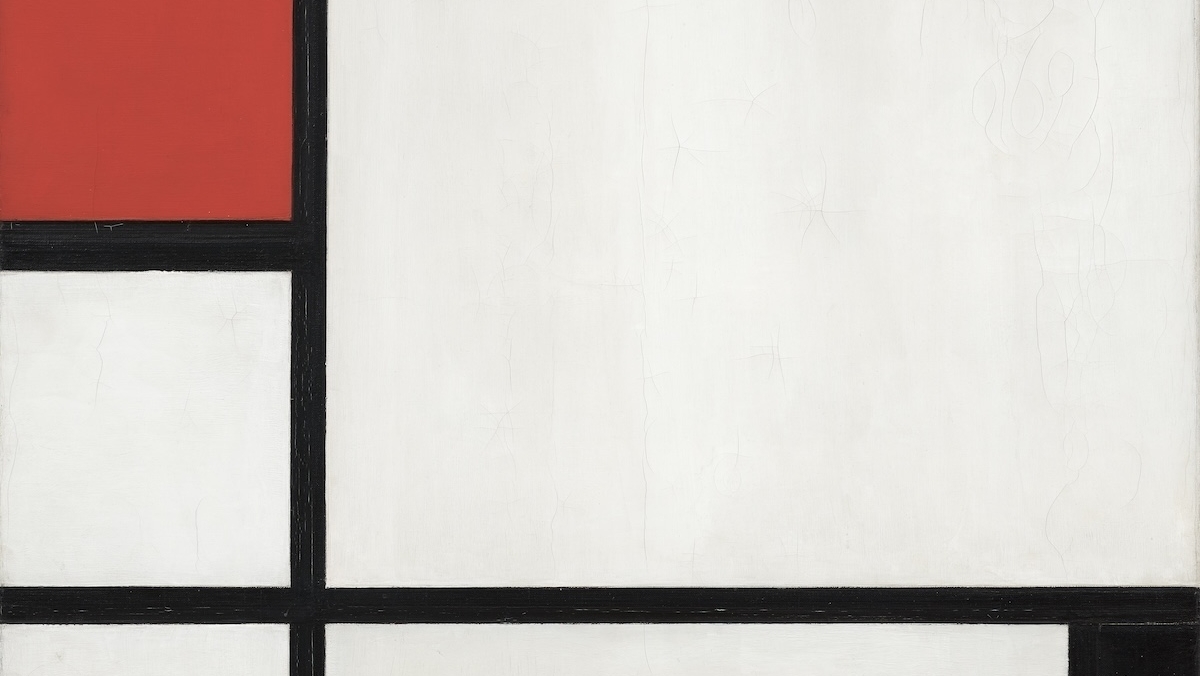
Making Sense of Abstraction: Roots, Context and Meaning
Dr Emily Christensen
5 pre-recorded lectures and 5 live Zoom seminars at 14:00, and where necessary, also at 16:00 [London time], from Monday 31 March to Friday 4 April 2025
£195
This course has now taken place; however, it also runs in the evenings in the autumn, from Thursday 2 October to Thursday 30 October 2025
Course description
Abstract art has provoked strong reactions since it emerged in the early twentieth century. It has been derided, reviled, banned, and burned. But it has also become one of the dominant and most celebrated forms of artistic expression of our time. What is abstract art? Where did it come from? What does it mean?
This course will explore these questions from different angles, examining the early manifestations of European abstraction through the work of artists including Wassily Kandinsky, Hilma af Klint, Kazimir Malevich, and Piet Mondrian as well as later permutations elsewhere in the world including works by Mark Rothko, Jackson Pollock, Saloua Raouda Choucair and Ibrahim El-Salahi. We shall examine stories of the creation of these paintings – what the artists may have intended – in the cultural and political context of their period. We shall also look at how viewers responded to them and uncover stories of the unexpected, shifting meanings ascribed to the paintings by politicians and ideologues as the twentieth century progressed.
Lecturer's biography
Dr Emily Christensen is an Associate Lecturer at The Courtauld. Emily teaches European 19th – and 20th – century art, and on issues of empire and representation in Orientalism. Her own research has focused on Orientalism in the work of Wassily Kandinsky and Gabriele Münter, and she has published on these artists and related topics in The Burlington Magazine, World Art, Aesthetica Universalis and Manazir and has contributed exhibition catalogue essays for the Kunsthaus, Zurich (2023) and for Tate’s exhibition Expressionists (2024). In addition to her teaching and scholarship, Emily co-curated (with Dr Ambra D’Antone) an exhibition in The Courtauld Gallery Project Space entitled Drawing on Arabian Nights (2023), collaborated on the exhibition Re-Orientations: Europe and Islamic Art, from 1851 to Today at the Kunsthaus in Zürich (2023), and has co-curated the forthcoming exhibition in The Courtauld Gallery Project Space entitled With Graphic Intent (2025).